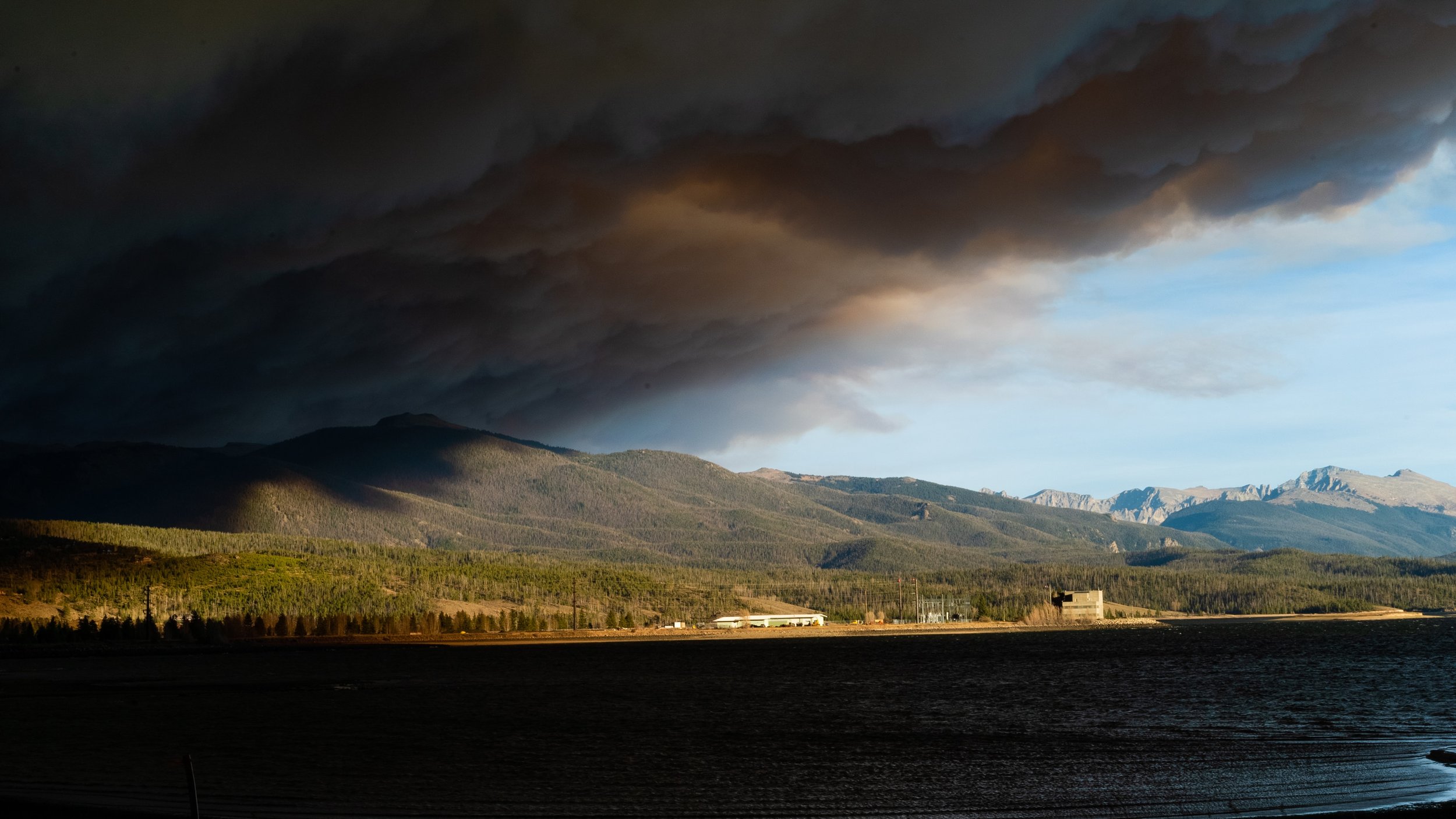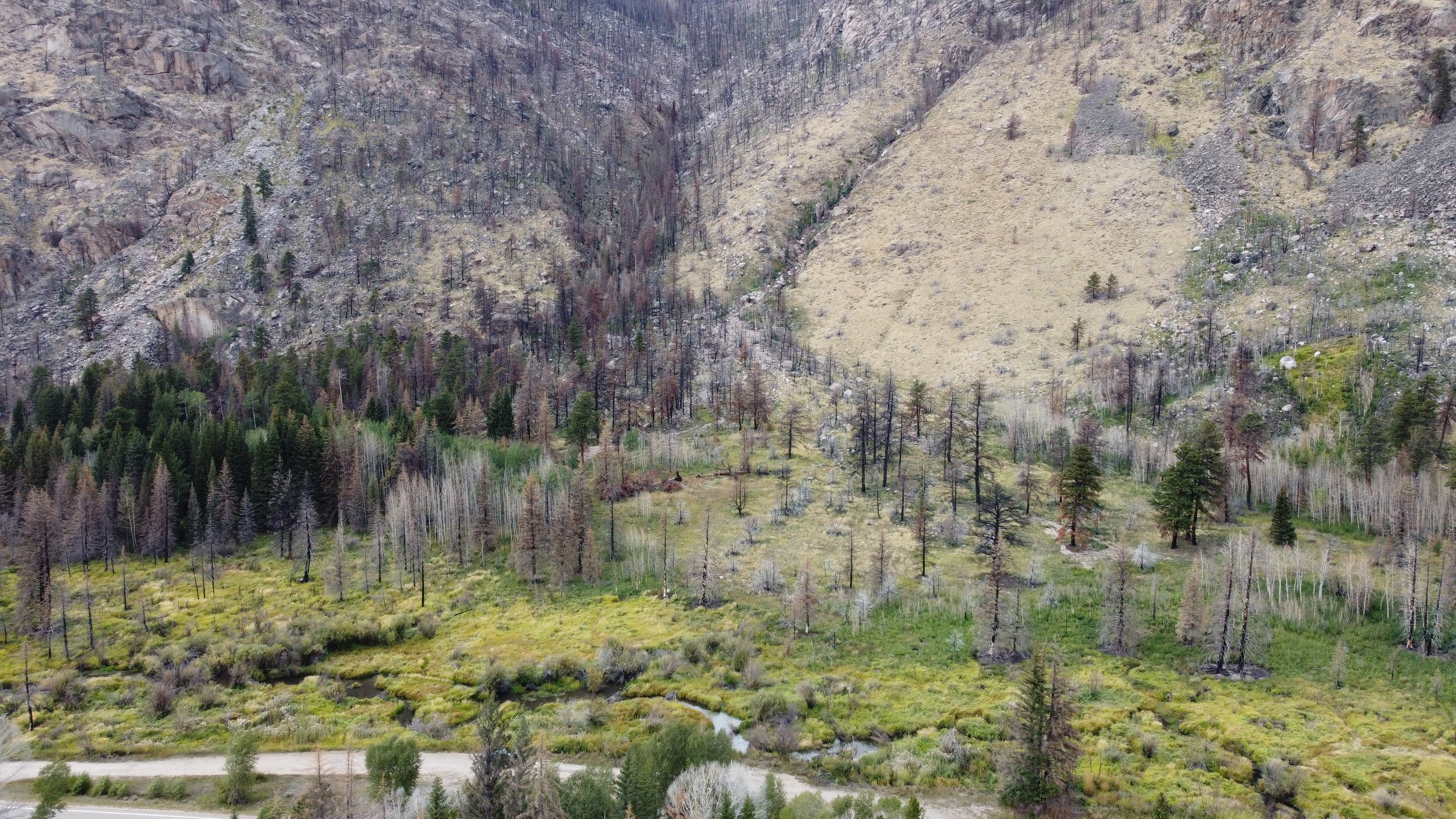
WildFire Ready Action Plans
Locally-developed Wildfire Ready Action Plan’s (WRAP) refine the statewide susceptibility evaluations to reflect local values and community-scale data.
WRAPs will lead to actionable Wildfire Ready Watersheds projects.
Map of WRAPs In-Process
(Click on Map to Explore More!)
a framework for Wildfire Ready Watersheds
The Wildfire Ready Action Plan (WRAP) framework describes and provides guidance on how to refine the susceptibility evaluations for local communities.
The WRAP framework is meant to serve as a guide for best planning practices in advance of a wildfire and will also support post-fire mitigation strategies. This includes guidance on data collection and GIS preparedness, permitting and compliance, stakeholder development, hazard analysis and evaluations, engineering, as well as pre-and post-fire management actions.
Design and construction guidance will include project types that can be implemented before and after wildfires.
Many projects implemented after a fire are for immediate protection of life, property, and water supplies and have limited success as they are treating point-of-impact type problems with little regard to watershed health or stream function. Projects constructed before fire provide the same or better protections while also addressing multiple objectives in watershed health and water supply protection. These project types will often be designed to protect and enhance ecosystem structure and function within the watershed drainage network. Regardless of the timing, most implementation strategies will involve a mosaic of different project types employed across the wildfire risk (or burned) landscape.
MAJOR ELEMENTS OF A WILDFIRE READY ACTION PLAN
Stakeholder Collaboration & Outreach
Coordinate with project area stakeholders and the public to understand planning needs, obtain values-at-risk data sets, develop memorandums of understanding for pre- and post-fire actions, and identify project champions.
Data Collection, Research, & Gap Analysis
In coordination with stakeholders, obtain, compile, and organize available data sets as described in the GIS Preparedness Fact Sheet. This effort includes a gap analysis to determine additional data that is critical to the completion of the WRAP.
Post-Fire Hazard Analysis
Complete analyses to determine the location and extent of post-fire hazards including changes in runoff, flood after fire, debris flow, fluvial hazard zones, and hillslope erosion and sedimentation.
Susceptibility Analysis
Using the collected GIS data, relevant information, and reports, and the post-fire hazard analyses, perform a susceptibility analysis that evaluates risk to water infrastructure, transportation, utility infrastructure, life safety, and property. This assessment will identify critical values at risk throughout the study area.
Pre-Disaster Planning & Mitigation Activities
Building on this analysis a WRAP will be developed to identify both pre-fire and post-fire actions, management strategies, and mitigation projects that can be implemented before and after a wildfire to protect values-at-risk from post-fire hazards.
Visioning and Establishment of Goals & Objectives
Establish an overall vision for the WRAP with project stakeholders, including development of supporting goals and objectives.





